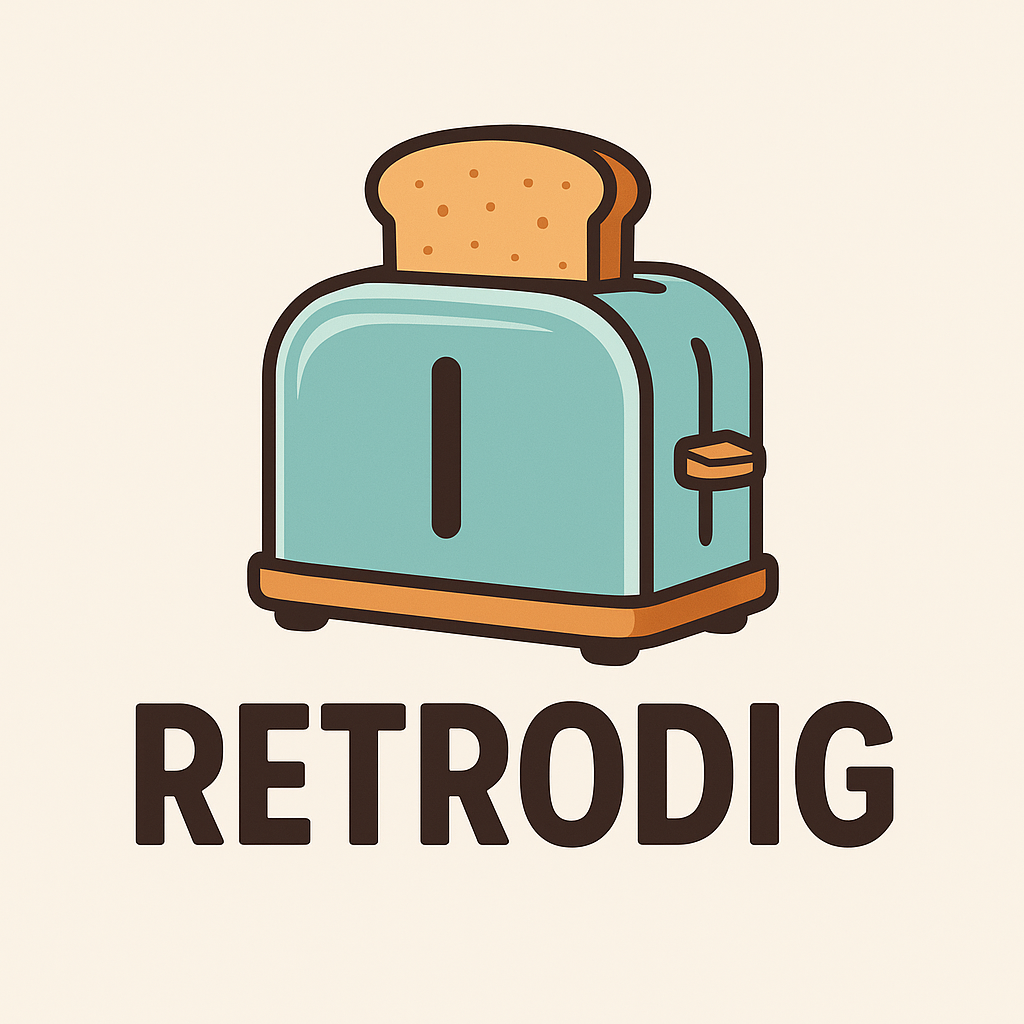One of the most captivating aspects of retro toasters is their use of color. Unlike many modern appliances that prioritize minimalism and neutral shades, retro toasters embrace vibrant palettes, bold contrasts, and playful combinations. For collectors, interior designers, and kitchen enthusiasts, understanding the impact of these colors can transform a functional appliance into a statement piece that elevates the entire space.
The pastel craze of the 1950s and 1960s marked a turning point in kitchen design. Brands like Sunbeam, Toastmaster, and Westinghouse released toasters in soft mint greens, powder blues, pale pinks, butter yellows, and lavender shades. These colors were chosen to evoke a sense of optimism, domestic comfort, and modernity. They paired well with the post-war kitchen aesthetic, which often included Formica countertops, chrome fixtures, and color-coordinated appliances. For example, a mint green toaster could harmonize with matching cabinets or complement pastel dinnerware, making breakfast preparation a visually pleasing experience rather than just a routine task.
In the 1970s, color schemes became bolder and more experimental. Deep oranges, avocado greens, mustard yellows, and rich browns reflected the decade’s love for earthy tones and geometric patterns. These toasters were designed not only to be functional but also to serve as visual anchors in kitchens. Placing a bright orange toaster on a neutral countertop creates a focal point, instantly drawing the eye and adding personality to a space that might otherwise feel bland. Collectors often seek these shades because they are emblematic of the era and have a distinct nostalgic appeal.
Metallic finishes also played a significant role in retro toaster design. Polished chrome, brushed aluminum, and copper accents allowed manufacturers to blend style with durability. A toaster with a shiny chrome exterior and pastel accents can create a layered visual effect that is both retro and sophisticated. Collectors and interior enthusiasts often look for combinations where color and metalwork interact, creating a dynamic aesthetic that stands out in photographs, kitchen displays, or collections.
Color selection is not only about personal taste but also about how it interacts with light, surrounding surfaces, and other appliances. For instance, a pale pink toaster may look soft and inviting under warm lighting, whereas the same shade under bright fluorescent light may appear washed out. Deep-toned toasters like avocado green or burnt orange can add warmth to kitchens with neutral cabinets and countertops. For collectors, the choice of color often determines the toaster’s desirability, as certain shades are rarer and more iconic than others.
Collectors also pay attention to original paint quality and finish. Authentic retro toasters maintain their original hue and texture, while models that have been repainted or restored incorrectly can lose value. Subtle details, such as a colored lever, knob, or stripe, can enhance the overall design and make a toaster more visually striking. Limited-edition colors or unusual combinations are particularly sought after because they stand out from mass-produced models.
Beyond aesthetics, color can influence how a toaster fits into a themed kitchen. Retro kitchens often feature coordinated color schemes, such as pastels with chrome or earthy tones with wood accents. A carefully chosen toaster can act as the centerpiece, tying together the overall design and creating a cohesive visual story. Even in modern kitchens, a brightly colored retro toaster can provide a pop of nostalgia and a touch of playfulness that contrasts with sleek, neutral surroundings.
Ultimately, retro toaster colors do more than catch the eye; they evoke emotion, spark memories, and create a sense of identity for the kitchen space. Understanding which colors were popular in different eras, how they interact with other design elements, and how to showcase them effectively is key for collectors, designers, and enthusiasts. Choosing the right retro toaster color is an opportunity to make a functional object an artful and memorable part of everyday life.
Before you make your final choice, check out our full Retro Toaster Buyer’s Guide. It breaks down everything you need to know about materials, durability, heating performance, and extra features so you can pick the perfect toaster for your kitchen.
